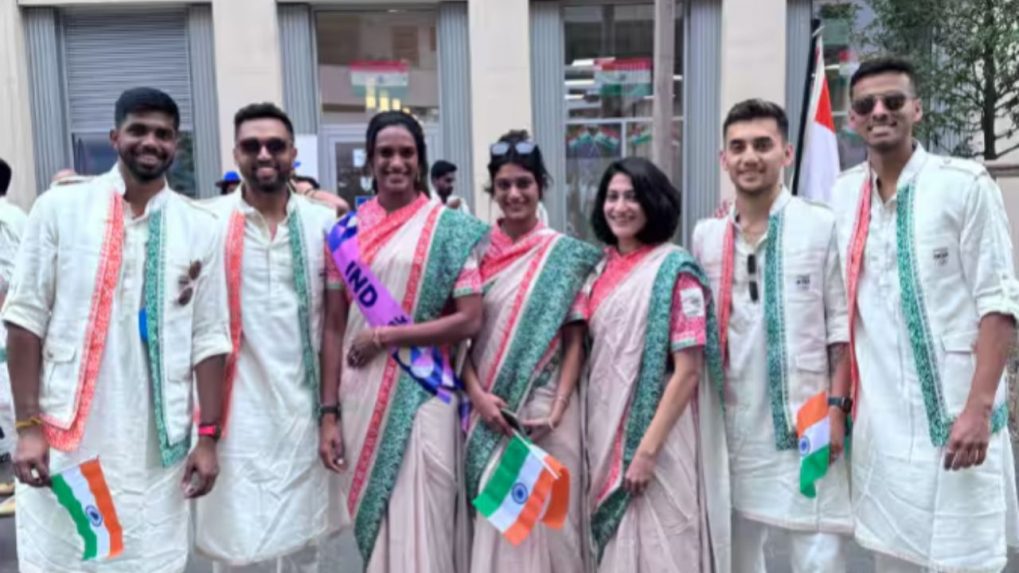Tasva defends Indian team's attire design for Paris Olympics 2024
Team India’s attire, designed by Tasva, a brand from Aditya Birla Fashion and Retail Ltd., in collaboration with celebrated designer Tarun Tahiliani, has faced severe criticism.
ADVERTISEMENT
The Paris Olympics 2024, which began on July 26 and will run until August 11, has brought together the world's finest athletes in the ultimate fashion capital. However, Team India’s attire, designed by Tasva, a brand from Aditya Birla Fashion and Retail Ltd., in collaboration with celebrated designer Tarun Tahiliani, has faced severe criticism.
Amidst the backlash, Tasva has defended the design of the outfits. Ashish Mukul, Brand Head of Tasva, said, “Our ceremonial attire for Team India is crafted with a profound sense of national pride and aims to balance tradition with modernity. Our inspiration for these outfits is drawn from the Indian flag, symbolizing unity and pride, which is one of the richest ways of representing India.”
Mukul further stated, “The contemporary silhouettes, such as the Bundi jacket and pre-pleated saree, are carefully chosen to ensure both comfort and functionality for our athletes. The athletes’ looks are completed with golden brocade sneakers, adding a touch of elegance and tradition. The fabrics, including cotton and viscose crepe, are selected for their practical and aesthetic qualities, as our athletes will be out in the open for almost 6 hours during the event. The use of Ikat-inspired prints and modern elements is a deliberate choice to reflect modern India. Our intention is to create attire that represents India's rich heritage and ensures our athletes feel comfortable and confident.”
Facing criticism, designer Tarun Tahiliani also defended his design choices in a media interview, saying, "This is what we Indians wear, and this is not meant to be a couture show.” He emphasized that the design aimed to reflect the colors of the Indian tricolor, making it recognizable from a distance. Despite acknowledging varied opinions on the design, Tahiliani stood by his work.
Tahiliani further clarified that while zardozi vests might have been a more traditional choice, they were impractical for the occasion. He noted that the team had only three weeks to prepare 300 uniforms, making handloom options unfeasible. The designer also pointed out that despite the use of digital prints, traditional elements were included, such as brocade shoes from Banaras.

